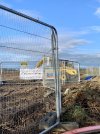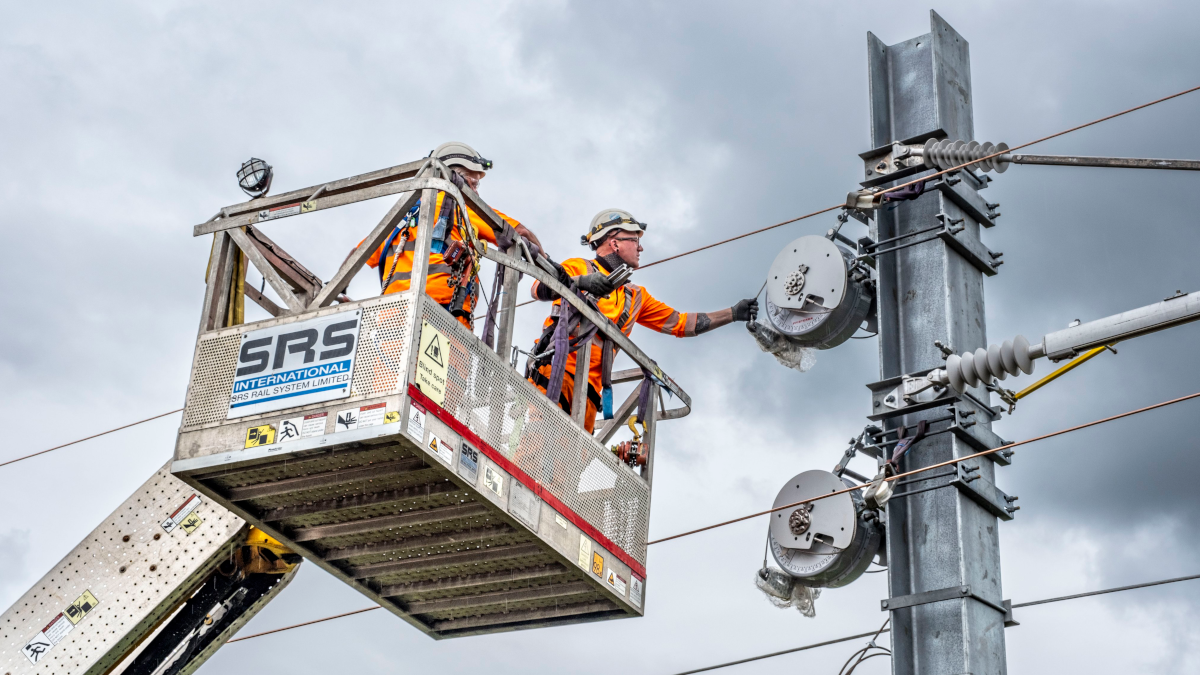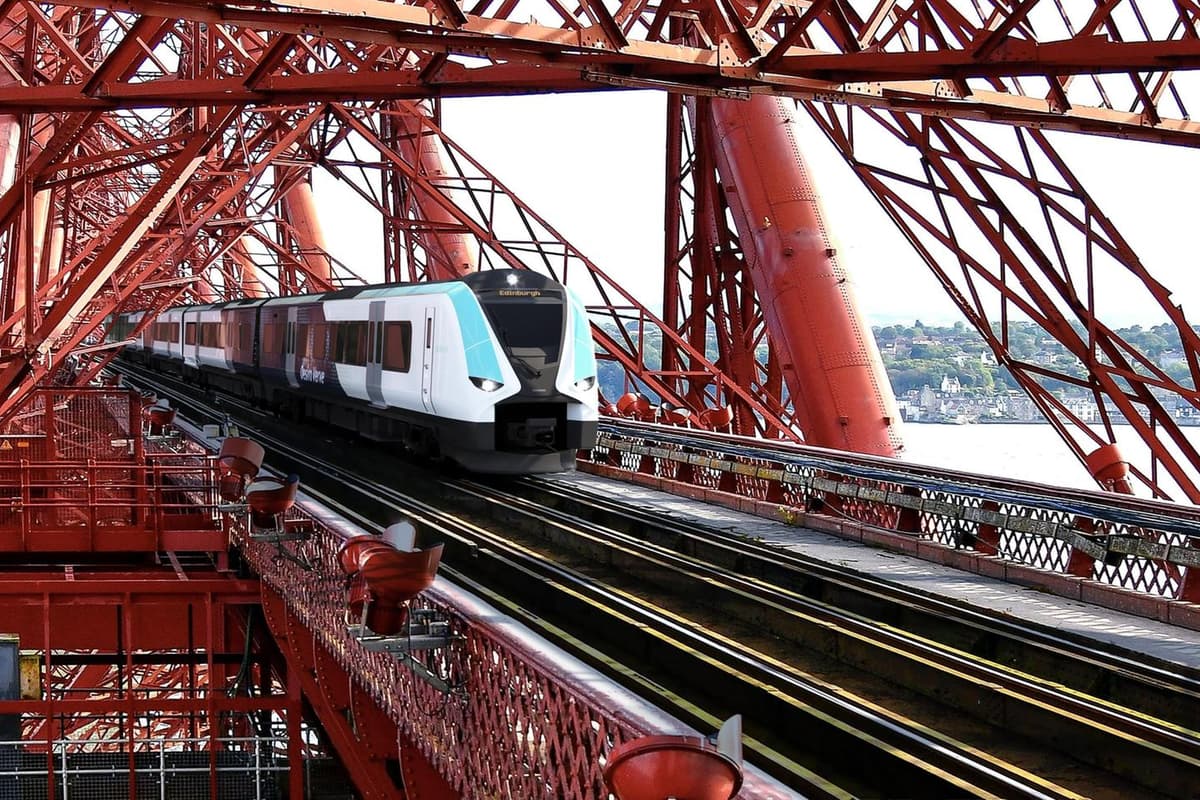[some recent history skipped]
Rail Engineer was glad of the opportunity to speak to SPL Powerline’s Scottish Regional Director, Lee Pounder to learn how electrification is being delivered in Scotland. Lee is clearly driven by the need to reduce electrification costs and advises that in Control Period 5, electrification was delivered at £2.7 million / stk and that the target of £2 million / stk for CP6 requires a 26% efficiency saving. The aspiration through CP7 is to reduce this further however volume and a rolling programme is critical to this being achieved.
In Scotland, electrification is delivered by a hub and spoke model with Network Rail at the centre managing its Civil, Signalling and Permanent way framework contractors. Lee feels that this is a mature model with mature regional relationships which works well in Scotland. He considers that effective collaborative working makes a big difference, with SPL Powerlines sharing its office with Network Rail as they deliver as one electrification delivery team.
Lee also considers that the way Network Rail Scotland is taking a long-term view offers significant benefits. The new Levenmouth branch has a detailed electrification design and foundations already installed which will significantly reduce the cost and disruption of its eventual electrification. Installing and upgrading feeder stations well in advance of electrification is also the right thing to do as power supplies are long lead items.
The collaboration between Network Rail Scotland and ScotRail also enables engineering access to be optimised. As an example, extended engineering access between 24 June to 4 August provided efficiency benefits for both electrification work and the significant platform and civils work at stations.
Specific initiatives
SPL Powerlines UK has successfully adopted a new methodology of pre-dressing masts with cantilevers, return cable brackets, and identification plates whilst they lie flat on stillages. This methodology has reduced physical track access requirements by around 75%, improved the quality of the asset that is installed on site, and acted whilst improving the safety culture by reducing the need to work at height. During the Barrhead electrification this methodology was successfully implemented at the site compound at Nitshill. This approach requires considerate planning to ensure the prefabrication and installation runs seamlessly.
SPL Powerlines UK has also invested in a Zeck wiring unit which can complete tensioned wire runs in a single shift. This unit can be configured to run both contact and catenary wires at the same time at full tension, as well as running out a conductor at the same time as recovering another. This offers greater efficiency, avoids the need to hire additional plant to load/unload drums onto trailers, and eliminates the risk of kinks, twists, and wire deformation.
Lee stressed the importance of signing off assurance documentation in real time rather than just before authorisation to avoid delays when entering the infrastructure into service. To manage this, in Scotland, SPL use Bentley’s Synchro construction management software which provides a progressive assurance database and a Power Bi dashboard to monitor progress.
Another opportunity to reduce electrification costs is increasing span length to reduce the number of masts. A recent review of the master series OLE has shown that spans of 95 metres are possible which compares with those achievable by the higher-tensioned Siemens Sicat system. Lee advised that spans of up to 80 metres had been achieved for the Haymarket to Dalmeny electrification but ultimately the mean average span would be dictated by the geometry of the track, areas of long straight railway seeing the greatest benefit.
Lee also felt that there was a further need to truly understand the below ground strata to improve the foundation delivery in all electrification schemes. Piling in areas of high rock head continues to drive programme and cost uncertainty. Innovations such as Ground Penetrating Radar and seismic wave analysis have been trialled with varied results. More development in this digital non-intrusive approach is a must.
Future electrification
In November, SPL Powerlines UK together with Story Contracting, AmcoGiffen, Siemens, Rail Systems Alliance Scotland, and WSP secured contracts totalling £61.5 million for the East Kilbride enhancements project which includes 22 stk of electrification. This is to be completed by the end of 2025. This is part of phase one of Scotland’s rail decarbonisation programme which also includes Fife and the Borders Line.
The plan to remove diesel trains from the Borders and Fife passenger services entails the use of Battery EMUs operating on a partially electrified network. For Fife services, this will comprise Haymarket to Dalmeny and four route sections from Thornton North Junction to Kirkcaldy, Lochgelly, Ladybank, and Leven which is 122 stk of electrification. This is an interim strategy pending full electrification to Inverness and Aberdeen.
However, whilst electrification between Haymarket and Dalmeny started in June 2022, this is currently paused pending a review of the rail services decarbonisation plan. In July, a Scottish Parliamentary question confirmed that Fife electrification development work was continuing and that its required feeder station would be operational in 2026.




